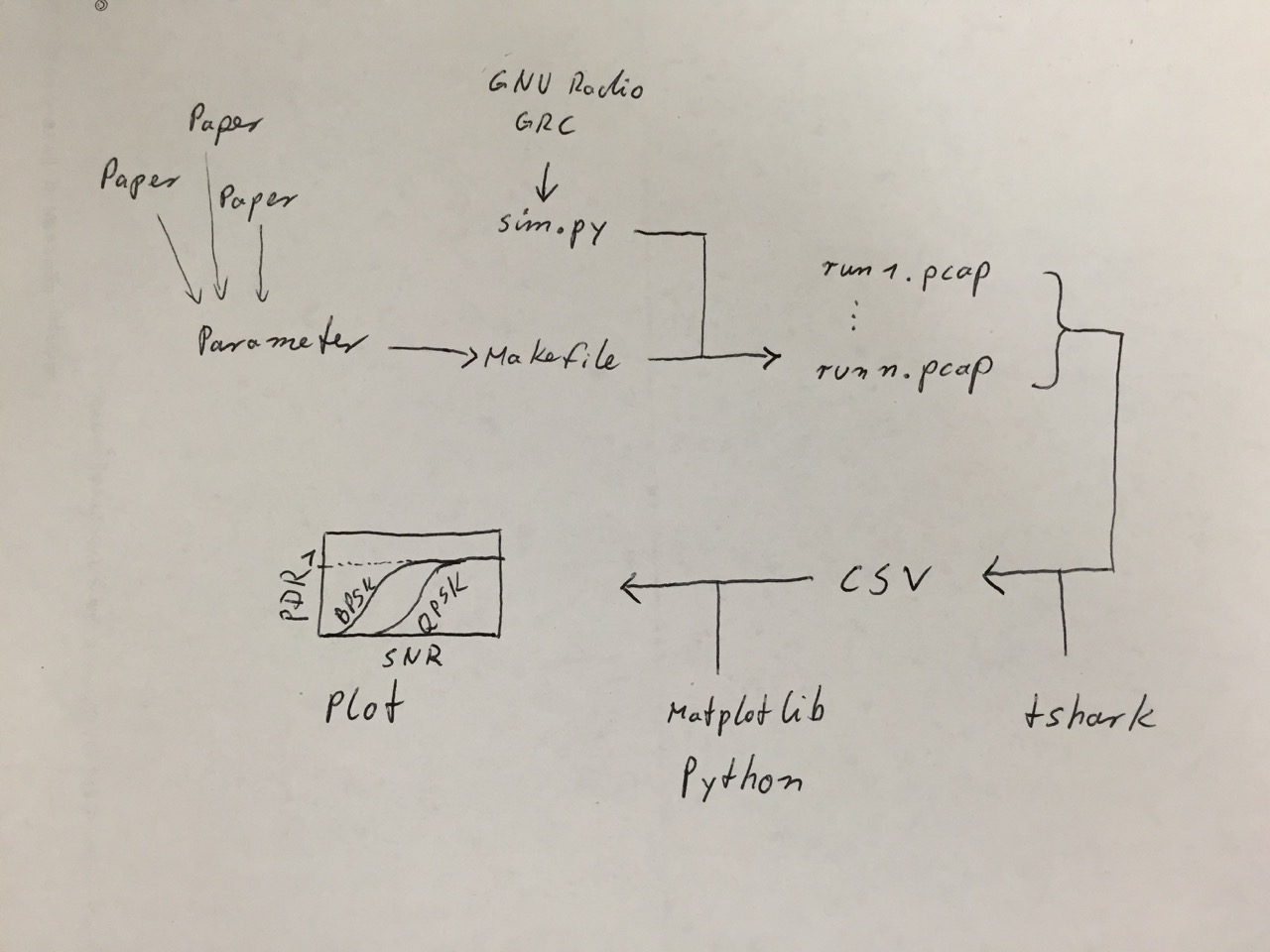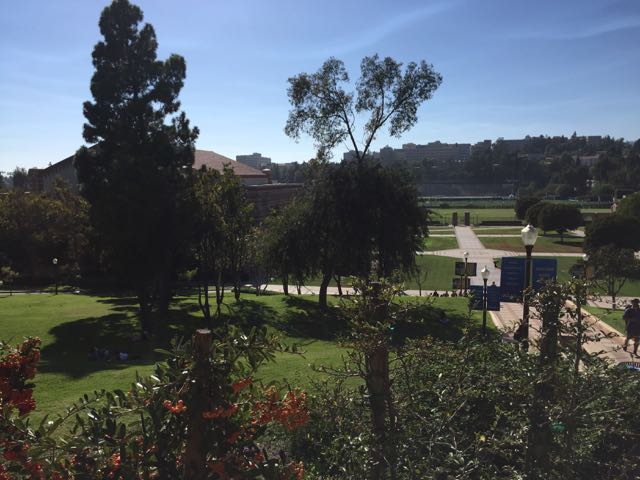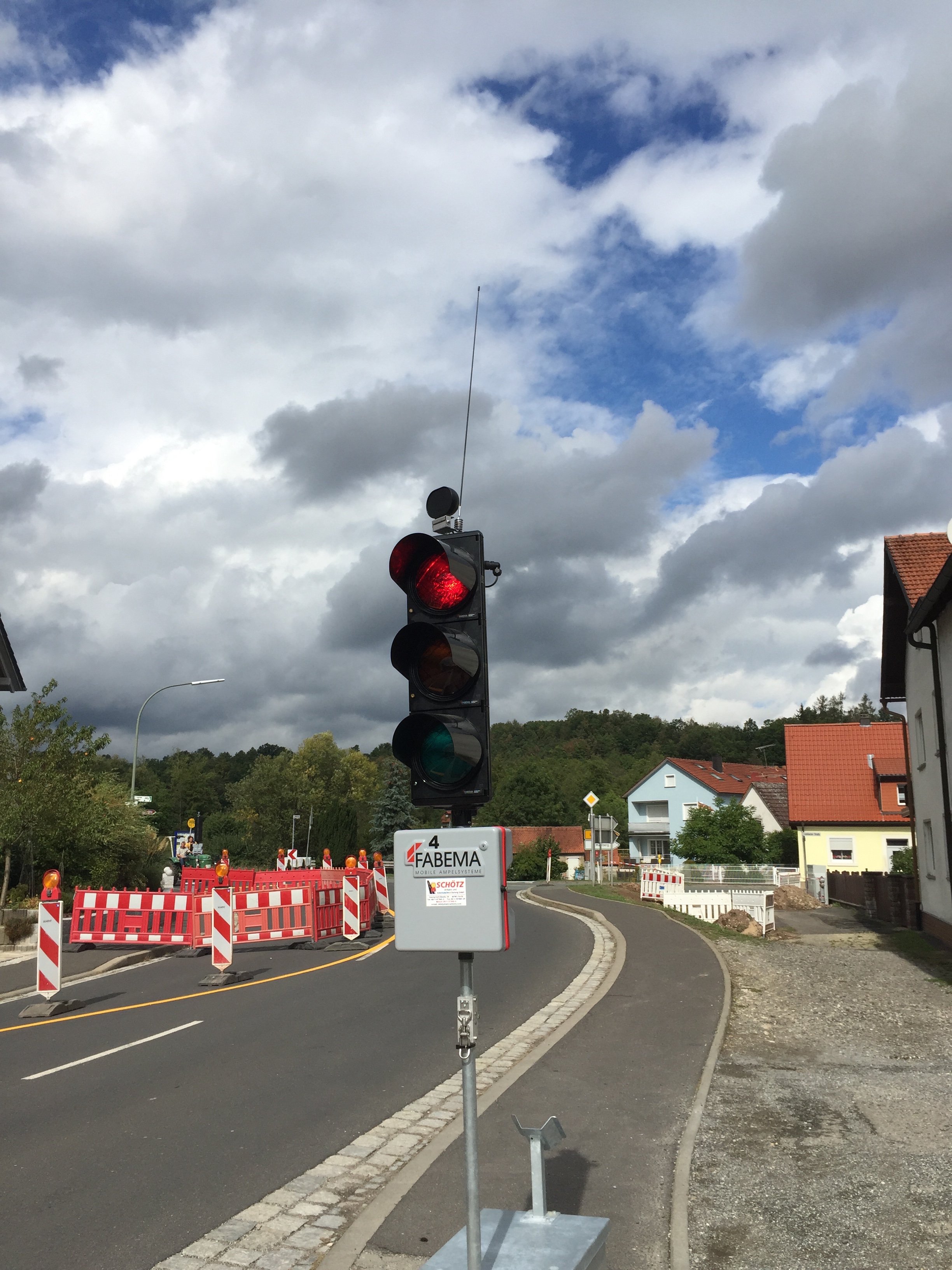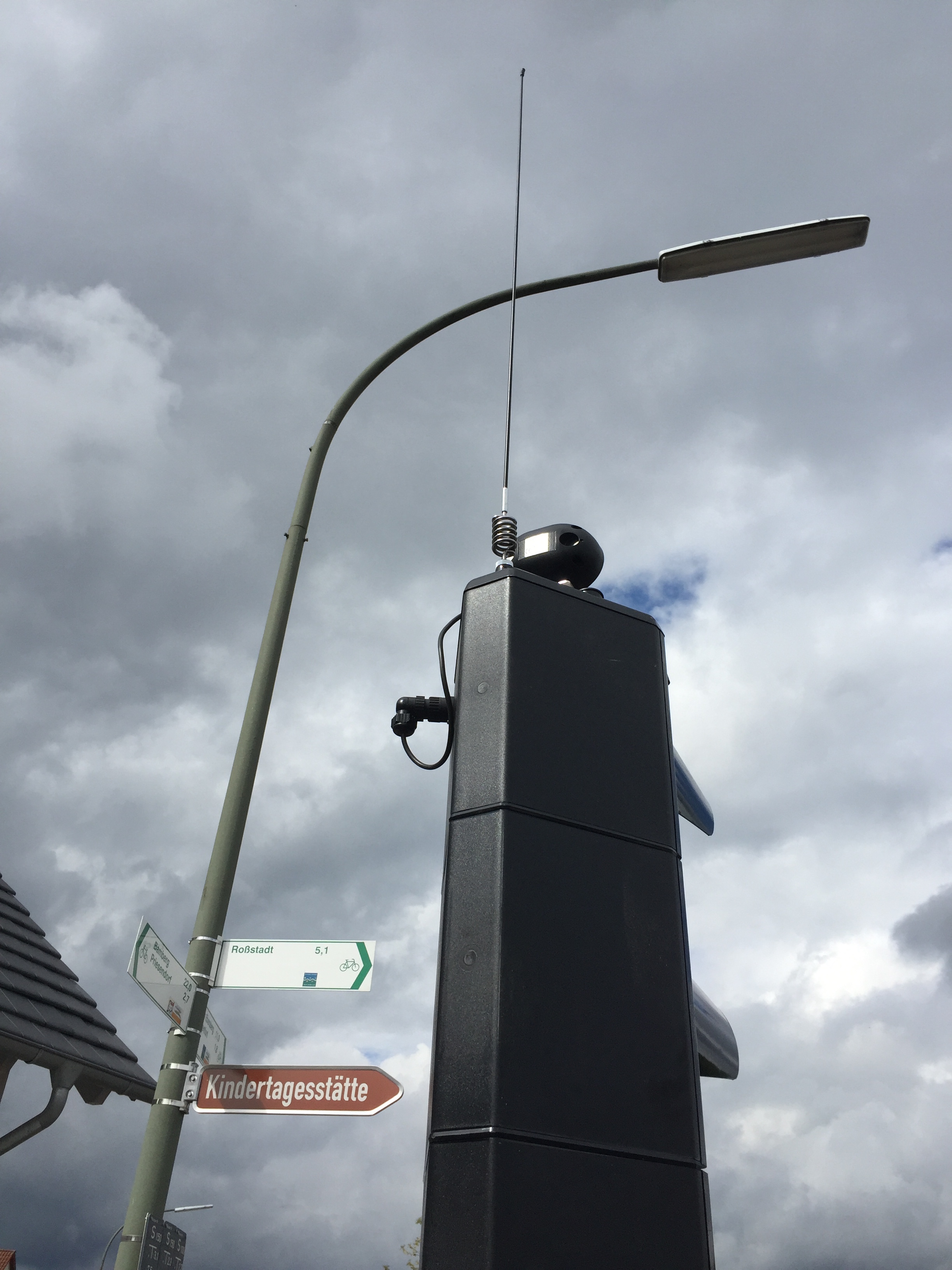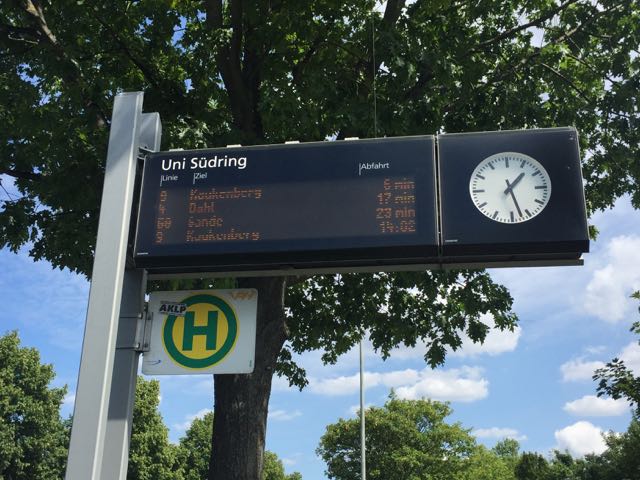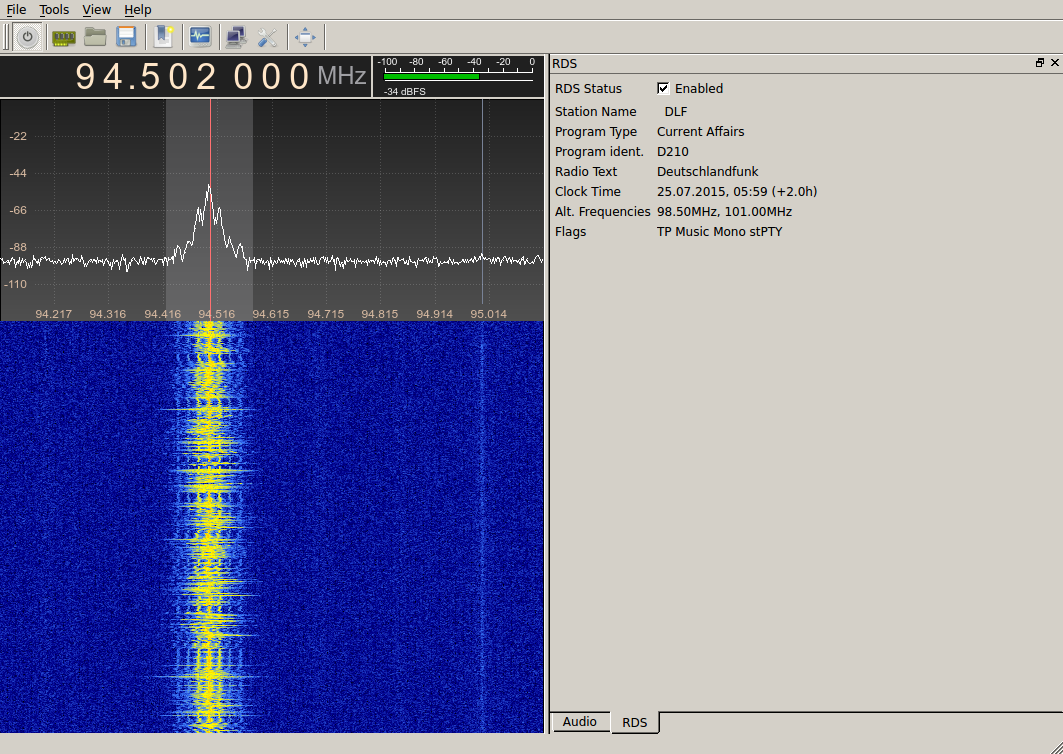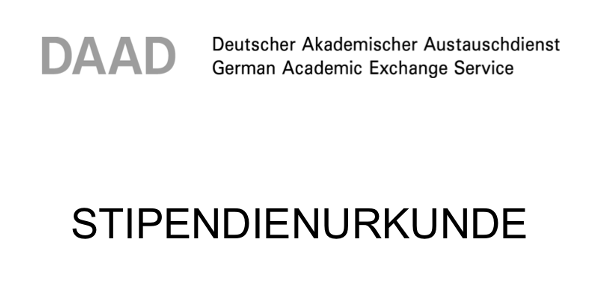Over the last weeks, I was very happy to work with a talented student of UCLA on building some nice simulation framework for my GNU Radio WiFi module.
The code is already merged and you can find it in the utils/simulations/awgn/ folder.
On a very high level, it suggests a methodology to study WiFi or IEEE 802.11p that we sketched as follows.
read more
I’ve heard that some Atheros WiFi cards support spectral measurements—particularly the ones using the Linux ath9k driver.
In our lab at UCLA we have USB dongles that use the ath9k_htc driver and wanted to give it a try.
As it turns out the ath9k_htc driver uses some code from ath9k but is actually a different driver.
Fortunately, also the ath9k_htc got patched to support spectrum scanning in November 2014.
This patch is part of Linux starting from version 4.3-rc4.
An up-to-date kernel will show the interface to configure spectral scanning in debugfs.
root@virt:/sys/kernel/debug/ieee80211/phy0/ath9k_htc# ls
base_eeprom queue spectral_count spectral_scan_ctl tgt_tx_stats
debug recv spectral_fft_period spectral_short_repeat xmit
modal_eeprom skb_rx spectral_period tgt_int_stats
phy_err slot spectral_scan0 tgt_rx_stats
On September 21, I headed to Los Angeles to work as research scholar at Mario Gerla’s group at UCLA.
After searching for a flat and stuff I finally made it to the campus and got my desk in the lab.
The campus is really beautiful and alive with all the students hanging around.
read more
Yesterday, they started digging up the street in front of my girlfriends house to put some fibre cables for faster internet—very cool.
But it became even better: at the construction site, they placed two pairs of mobile traffic lights, which I could receive perfectly fine without leaving home.
read more
Ever since I got my hands on Software Defined Radios (SDRs), I wanted to decode the signals that are used to display live information at bus stops.
I tried for quite some time to find information online, but there is not much technical stuff available.
Even though companies have tons of flyers showing what they can do, there’s no information about how they do it.
To make things worse, there seems to be no a standard and every company comes up with their own individual and undocumented solution.
Some people in the SDR community already looked into those systems.
I guess the first was Oona, who found that the displays in Helsinki are controlled via DARC.
DARC is a data subcarrier on FM broadcast radio, i.e., it’s a centralized system where a local radio station is distributing the information.
More recently, some guys from the Chaos Computer Club in Munich implemented DARC based on GNU Radio.
They talked about their implementation, their experiments, and how DARC it is used in Munich at Easterhegg 2015.
Of course, I started by checking whether DARC is also used in Paderborn, Germany, where I currently live.
I fired up gr-rds, my GNU Radio FM Radio Data System (RDS) implementation to scan through the spectrum and search for an additional data subcarrier on FM radio, but, unfortunately, I could not find one.
Since I didn’t have any other information, I just started to look around.
read more
I’m very happy to see that parts of gr-rds, my FM RDS/TMC code, is now also included in GQRX, allowing GQRX to display channel information.
Today was the review of the BATS project, deciding whether the project will fly for another three years.
After lots of preparation in the last weeks everything went smoothly and the project got extended.
I had a small indoor demo, showing our BOC transceiver, which we also used in our protocol design paper.
read more
Our BATS project is covered in Sueddeutsche Zeitung, which, according to Wikipedia, is the largest German national subscription daily newspaper.
The article is available in print as well as online.
Today—one day before my birthday—I received a scholarship from DAAD, the german academic exchange service.
I applied for a six months research stay at Mario Gerlas group at UCLA.
The initial plan was to go there in early September, but since the review process took longer than expected, it will be a bit delayed.
Let’s see how long it takes to get a visa.
The scholarship is part of the FITweltweit program of DAAD.
The program is directed towards Computer Science students and supports research oriented short term visits of up to six months.
At UCLA, I will continue working with my GNU Radio WiFi transceiver.
Really looking forward to my stay abroad!
MobiHoc 2016, the Seventeenth International Symposium on Mobile Ad Hoc Networking and Computing, will be held in Paderborn, Germany in July 2016.
I’m happy to be the web chair of this iteration of the conference.
It was a good excuse to play a bit around with web frameworks.
I just uploaded a preliminary version of the website. It’s available at http://www.sigmobile.org/mobihoc/2016/.
Facebook and Twitter pages are also online.
If you have problems, suggestions, find typos – whatever – let me know.
